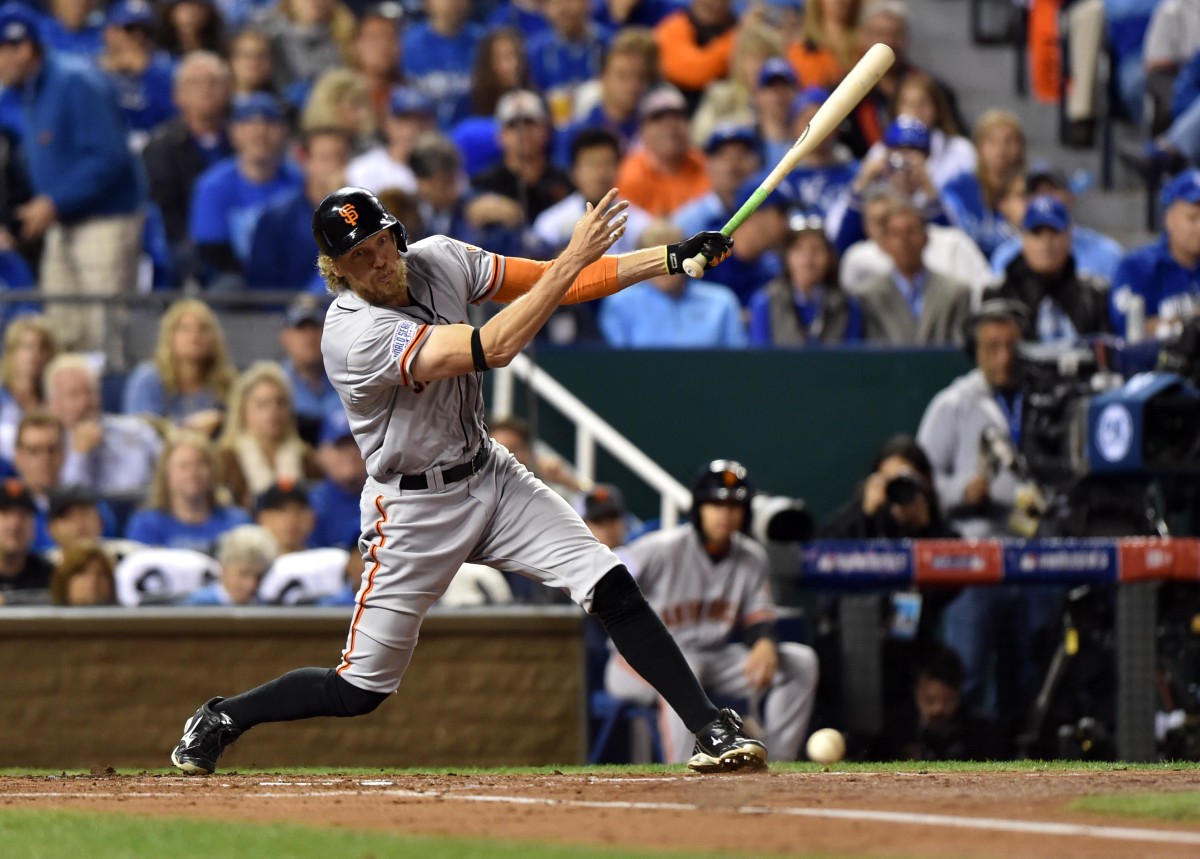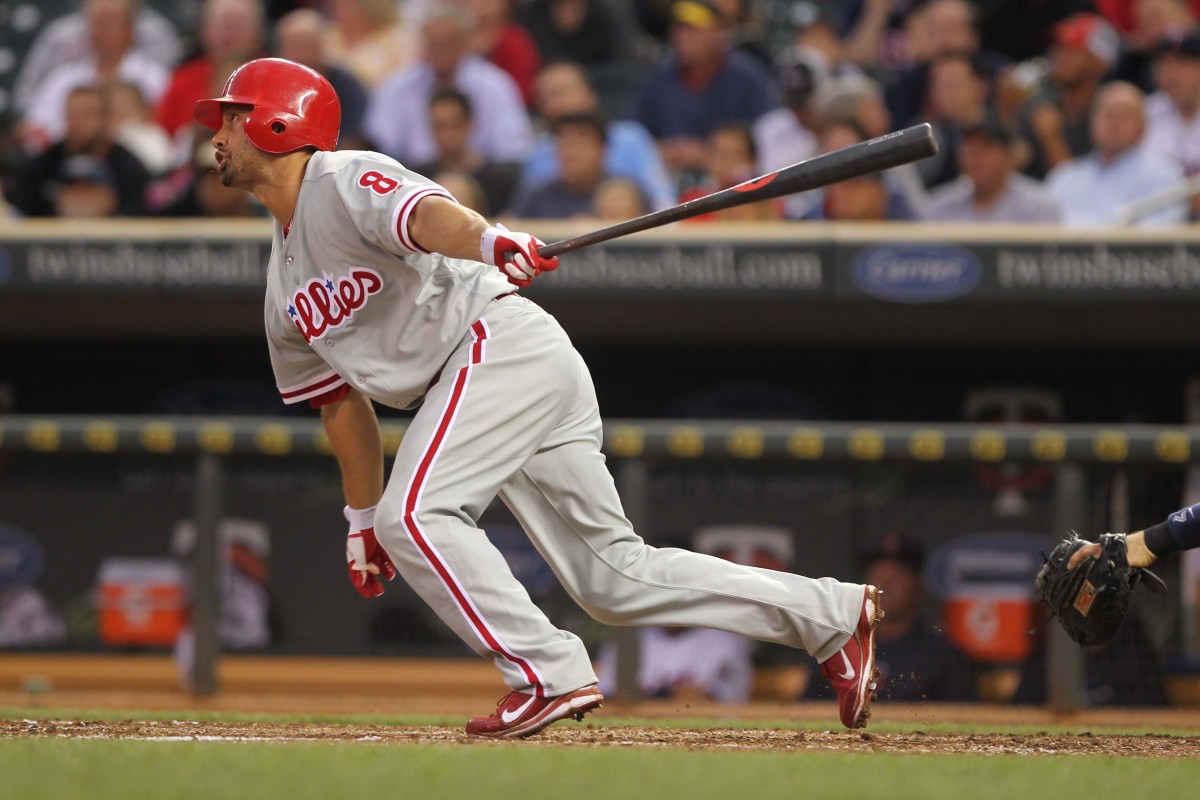The Dreary Foreshadowing of the Phillies' 2012 Trade Deadline

After one of the most fruitful five-year runs in Philadelphia Phillies franchise history, the tides turned abruptly in 2012. Following a season in which the Phillies won 102 games, the club found themselves selling off pieces at the trade deadline.
Unfortunately, General Manager Ruben Amaro Jr.’s initial hesitancy to deem it a rebuild would cost the team in the long run. Instead of looking solely for high upside young players, they placed a premium on also gaining back guys that could play in the majors right away. In the deals struck to send away outfielders Hunter Pence and Shane Victorino, this thinking would prove costly in contributing to what is now a decade-long playoff drought.
In terms of when to trade a player for maximum value, the sweet spot has long been considered to be the trade deadline the season prior to their hitting free agency. With Pence set for free agency after the 2013 season, moving him at this point made a ton of sense for the franchise.
But on July 31, 2012, Philadelphia sent Pence to the San Francisco Giants in exchange for outfielder Nate Schierholtz, catcher Tommy Joseph, and right-handed pitcher Seth Rosen. Schierholtz notably was only a year younger than Pence at 28-years-old. However, Pence had a batting average that was 20 points higher at .271 and 17 home runs compared to Schierholtz’s .251 average and five long balls to that point. Ultimately, Schierholtz would finish out that season solely with the Phillies, appearing in just 37 games.

While Philadelphia didn’t get the short-term value they must’ve been hoping for out of Schierholtz, the long-term prize of the deal was Tommy Joseph. The issue was, Joseph was a young backstop already dealing with injuries such as concussions that would cause him to move from behind the plate prior to his debut. He would finally break into the majors in 2016 at age 24 before playing his last season in the majors just a year later. The other acquisition the Phillies made, Seth Rosen, went on to never make the big leagues at all.
Meanwhile, Pence was an integral part in the Giants’ World Series victories in 2012 and 2014. Given his age and production level, Pence should’ve been one of the biggest pieces of the rebuild for Philadelphia. Their own fear of calling their strategy a rebuild led to gaining back a mediocre, short-term player in Schierholtz, limiting the quality of the prospect haul. Ultimately, what should have been a backbone trade of the rebuild turned into a nonfactor.
With one outfielder moved, Amaro Jr. wasn’t done. He then sent World Series hero and fan favorite, Shane Victorino, to the Los Angeles Dodgers. Unlike Pence, Victorino was only a rental as he was set for free agency at the end of the year, limiting his trade value. In exchange, the Phillies received two pitchers, Josh Lindblom and Ethan Martin.

Neither Lindblom nor Martin would make much of an impact throughout their time with Philadelphia. Lindblom would by far have the better professional career, however, he was traded to the Texas Rangers five months later in a deal that brought veteran infielder Michael Young to Philadelphia.
Both of these deadline moves illustrate the lack of foresight by Amaro Jr. and the Philadelphia front office. Whether it be directly through trading for Schierholtz or by trading a youthful Lindblom for a veteran in Young, these deals left the team down two trade pieces without much to show for in the minor leagues.
Looking back, the trade deadline of 2012 was the beginning of the end for the glory days of Phillies baseball. Ensuing would be a few years of Philadelphia being half in and half out. Even worse, it would come to signify organizational failure that would plague the team for the next decade.
More From SI's Inside The Phillies:
- What Do the Phillies Need From Alec Bohm in 2022?
- What Would the Universal DH Mean for the Phillies in 2022?
- The Legacy of Baseball Lifer John Vukovich
Make sure to follow Inside the Phillies on Facebook and Twitter!
